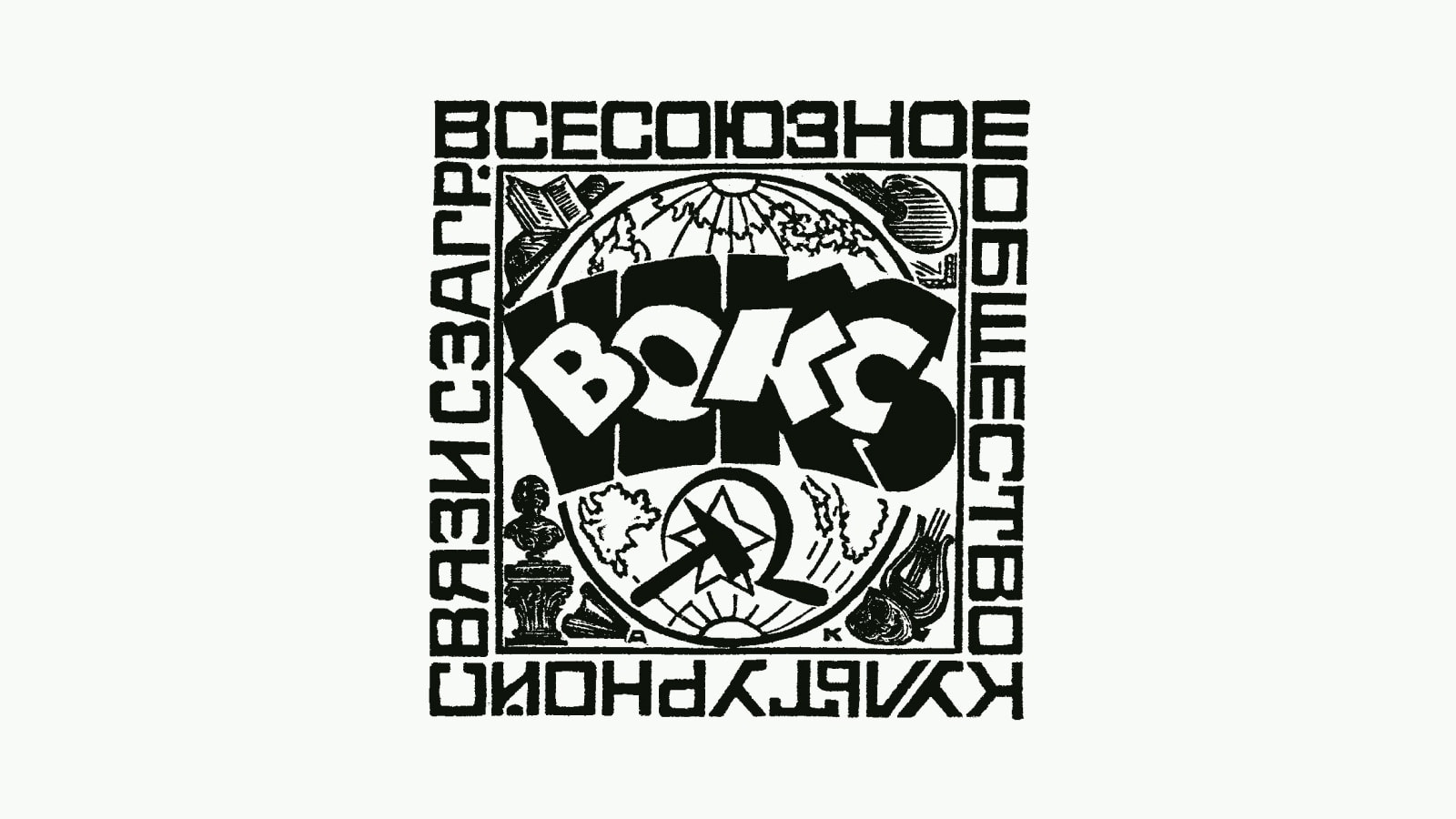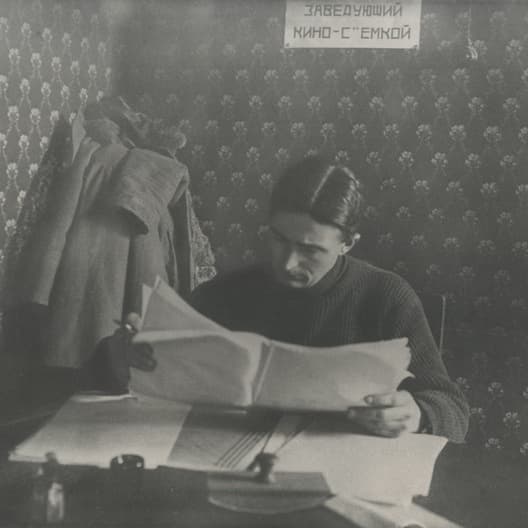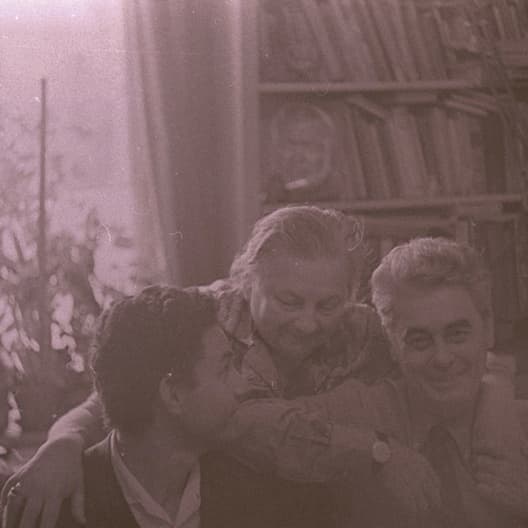VOKS kinema Research Laboratory
About the participants
Lead researcher:
Natalya Ryabchikova, PhD, is a film historian and translator specializing in the history of Soviet cinema in the 1920s. She is academic editor of the film history project 1895.io and a lecturer at the Art and Design School of the Higher School of Economics and Moscow Film School. Since 2006 she has written on film for various media including Kinovedcheskie zapiski, Iskusstvo kino, Teatr. Zhivopis. Kino. Muzika, Studies in Russian and Soviet Cinema, Apparatus, and Critical Quarterly.
Research group:
Maksim Semenov is a film critic, historian, and journalist specializing in the history of Russian film in the 1920s and early 1930s. He is the author and editor of popular science videos on the history of Russian film on KinoPoisk and has lectured on the history of film at Moscow School of New Cinema, Moscow Film School, Lestnitsa Film School, and the Higher School of Art Practice and Museum Studies of the Russian State University for the Humanities. He has written for Seance, Iskusstvo kino, and Arzamas.
Stanislav Dedinsky (MA in Art History) is a film historian, journalist, and publisher. His academic interests include the early history of Russian film and animation. He is editor-in-chief of the film history project 1895.ioand course creator and lecturer at Moscow Film School, Business and Design Institute (Moscow), the Institute of Contemporary Art (Moscow), and Industriya School of Film and Television. He previously worked as the editor-in-chief at Iskusstvo kino, a researcher at the Film Research Institute, the senior editor at KinoPoisk, an expert in the Publishing Department at the Film Museum (Moscow), and an editor at Esquire.
Working group:
Daria Bobrenko, Ksenia Zhukova, Arina Nesterova, Oxana Polyakova
VOKS kinema Research Laboratory studies the early years of the Soviet Society for Cultural Relations with Foreign Countries (VOKS) and its early activities in the field of cinema.
Active from 1925 to 1958, VOKS was the main channel of information exchange between the USSR and the rest of the world in science, art, education, and sport. It promoted the cultures of the Soviet peoples abroad and introduced those within the USSR to foreign cultures. At a time when individual contacts between Soviet and international scientists, artists, and cultural workers were becoming increasingly limited, VOKS became the centralized organ that facilitated the maintenance of old and the creation of new connections.
In the field of cinema, VOKS performed a number of different tasks. The Society promoted the achievements of Soviet cinema abroad, organized foreign trips for Soviet filmmakers and visits of foreign filmmakers to the USSR, and introduced Soviet audiences to international film through exhibitions, screenings, and publications. VOKS was the main coordinator and mediator for many companies and people interested in exchanging and distributing information on Soviet cinema.
The name of the Research Laboratory refers both to the name of the Society (VOKS) and the Latin phrase vox populi, «voice of the people.» VOKS was a voice that spoke to the world about Soviet culture, art, science, and cinema and that informed Soviet filmmakers about the world. In the twentieth century Latin, which remained a language for international communication for centuries, gave way to cinema, the original name of which (cinematograph or kinematograph) is a combination of the Greek words «writing» and «movement.» VOKS kinema, or «the voice of film,» focuses on the history of film before it developed an actual voice (before the invention of «talkies»), on the movement of ideas and the development of art unconstrained by lines on a map.
The best known examples of VOKS’ activities during its first five years include bringing the Turkish actor and director Muhsin Ertuğrul (Muhsin Bey in Soviet texts of the 1920s) and the Dutch documentary filmmaker Joris Ivens (1930) to the USSR; organizing meetings of Sergei Eisenstein and a group Soviet diplomats with worker and socialist groups in continental Europe and the UK (1929–1930); sending materials and delegates to the exhibition Film und Foto in Stuttgart (1928–1929); and organizing the exhibition Japanese Film in Moscow in 1929.
Despite its importance, VOKS has attracted little attention from researchers. There are no published studies (books or articles) that offer an overview of its activities, and one of the tasks of the Research Laboratory is to try to understand why. The history of VOKS’ involvement in cinema today consists mostly of gaps, so the goals of the Laboratory include the reconstruction of the timeline of VOKS’ film-related activities during its first five years, filling the gaps, and correcting contradictory information in the existing sources on its activities. The laboratory will also explore various aspects of VOKS’ work in cinema that are best reflected in archival materials, describing its role within the film industry (a link between filmmakers in the USSR and abroad, a coordinating organization or a unifying center), how it functioned, and the logic of its development, which reflected party and government policies.
The Research Laboratory will also compile a list of people related to the work of the VOKS cinema department and a list of films that VOKS was involved in making or distributing, in order to clarify the geography of its activities and offer suggestions for further research on the subject.
- 30Nov 2025The screening of Teinosuke Kinugasa’s film A Page of Madness will be accompanied by live music from Hauntology and a lecture by Natalya RyabchikovaVOKS kinema Research Laboratory19:00 —
21:30Garage AuditoriumFree, registration required - 22Oct 2025Sources of Turkish Cinema: The Soviet Film Avant-Garde, Action Films, and Revolution: A Lecture by Maksim Semenov19:30 —
21:00Garage AuditoriumFree, registration required - 10Sep 2025Public talk: Dziga Vertov, or There and Back19:30 —
21:00Garage AuditoriumFree, registration required - 26July 2025In Eisenstein’s Shadow. Pera Atasheva Between East and West: A Lecture by Natalya Ryabchikova15:00 —
17:00Garage Auditorium





